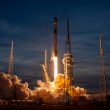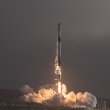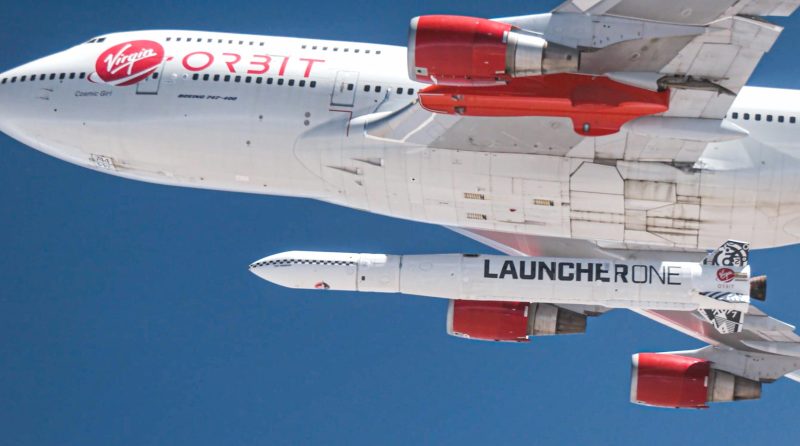Featured Image: Virgin Orbit
Drop Time | July 02, 2022 ~ 06:53 UTC | July 01, 2022 ~ 23:53 PDT |
|---|---|
Mission Name | Straight Up |
Launch Provider | Virgin Orbit |
Customer | United States Space Force |
Rocket | LauncherOne |
Launch Location | Cosmic Girl, Mojave Air and Space Port, California, USA |
Payload mass | Unknown, up to 300 kg (660 lb) |
Where did the satellite go? | 500 km (311 mi) low Earth orbit at 45 degree inclination |
Did they attempt to recover the first stage? | No, this is not a capability of Virgin Orbit |
Where did the first stage land? | It crashed into the Pacific Ocean |
Did they attempt to recover the fairings? | No, this is not a capability of Virgin Orbit |
Were these fairings new? | Yes |
This was the: | – 2nd mission for Virgin Orbit in 2022 – 5th flight of a LauncherOne rocket – 4th mission for Virgin Orbit – 1st night launch of LauncherOne – 77th orbital launch attempt of 2022 |
Where to watch | Official replay |
How Did It Go?
Virgin Orbit, a subsidiary of the Virgin Company founded by Richard Brandson, successfully launched their LaunchOne rocket. LauncherOne is uniquely launched from underneath the wing of a modified Boeing 747-400. This aircraft was given the name “Cosmic Girl” by its operators. On this mission, LauncherOne carried payloads for the United States Department of Defense’s (DoD) Space Test Program (STP) and the United States Space Force (USSF).
Check out Virgin Orbit’s previous mission, Above the Clouds here: Above the Clouds | LauncherOne
What’s Flying On Straight Up?
The Department of Defense has gathered several satellites from various government agencies to fly as Research and Development (R&D) satellites. There will be a total of seven payloads flying on LauncherOne. Recurve is a technology demonstration CubeSat that aims to evaluate radio frequency behavior in low Earth orbit. It will do this by testing out a meshing capability to send data wherever it may be needed.
Slingshot 1 is a CubeSat which will aim to test on-board autonomous experiments and technologies. One of its main goals is to test a low-power serial communication over Ethernet between experiments.
The Department of Defense has gathered several satellites from various government agencies to fly as Research and Development (R&D) satellites. These smaller satellites will be testing the integration of space-based communications and in-space navigation in the United States to strengthen national security.
Virgin Orbit was selected to fly these satellites through the DoD’s Defense Innovation Unit (DIU), a part of the DoD’s Space Test Program (STP) Rapid Agile Launch Intuitive (RALI). The Space Test Program is a DoD-run program that selects prioritized satellites annually through the Space Experiments Review Board (SERB). The tri-service program, which includes the Navy, Air Force, and Army is run out of Kirkland Air Force Base, New Mexico, and Johnson Space Center in Houston.
The specifics of each satellite and which branch of the military has designed them, has not yet been made public.
LauncherOne Launch Sequence
After Cosmic Girl reaches 10,600 m (35,000 ft) of altitude, the pilots pitch the plane upwards at a 27° angle. Then, controllers give the launch command (hitting the Big Red Button) from the “first-class” Mission Control. This triggers the launch sequence that ensures that there is no accidental jettison prior to the actual commanded launch.
Launch
The red pylon contains three hooks that detach from the rocket, letting the rocket fall. After about three seconds of free-fall, the propellant settling thrusters ignite, followed by the NewtonThree engine. After a few minutes, it has increased its velocity to about 12,870 km/h (~8,000 mph). The first stage then separates from the second and breaks up in the atmosphere following a ballistic trajectory.
Stage Separation
Shortly after stage separation, the second stage’s NewtonFour engine ignites. It propels the payload the rest of the way to orbit. Depending on the flight profile and mission, the second stage will perform two or three burns for a controlled deorbit, or to increase performance. Once the rocket is out of the thickest parts of the atmosphere, the fairing halves will separate and fall back into the ocean, since they are no longer needed to protect the payload.
LauncherOne
LauncherOne is comprised of two stages. To start off, the first stage, which houses RP-1 (Rocket Propellant-1, a highly refined form of kerosene) and liquid oxygen or LOX. These two will mix and power the single, pump-fed, NewtonThree engine, which is capable of producing 327 kN (73,500 lbs) of thrust. Near the fins of the engine, there are two Propellant Settling Thrusters (PSTs). They ignite just seconds before the NewtonThree engine to force the propellants to the bottom of the tank where the valves are, which leads to the propellant transfer lines so the engine doesn’t take in any air. This is not commonly seen on the first stages of liquid-fueled rockets, since they take off vertically and on the ground. However, they are very common and almost necessary on the proceeding stages of any rocket.
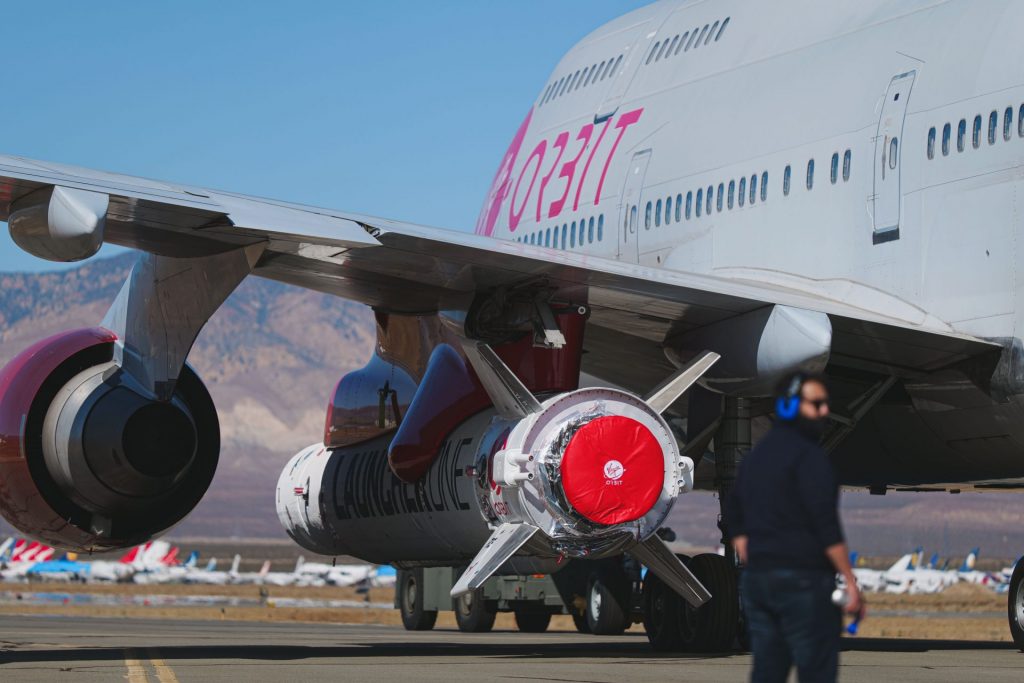
The second stage is much smaller and has a single, pump-fed, NewtonFour engine, which is also propelled by RP-1 and LOX. This engine has the capability to relight and can only produce 22 kN (5,000 lbf) of thrust. The difference between each engine is minimal since LauncherOne is already at around 10,600 m when its first stage ignites. Therefore both engines need to have a larger engine bell than if they were at sea level. This larger bell helps to take advantage of the lack of air pressure at high altitudes to perform better.

How Does LauncherOne Compare To Other Rockets?
The only other place where one might find a set of events similar to LauncherOne’s is Northrop Grumman’s Pegasus launcher, which also starts underneath a plane. In particular, a Lockheed L-1011 TriStar aircraft named Stargazer. Pegasus has launched a total of 44 times with 39 total successes.
How Do Pegasus And LauncherOne Differ?
Visually, they are both fairly similar. They have the familiar rocket shape (“flamey” end and a “pointy” end) and both have fins. However, Pegasus has a wing near the midsection of the rocket. This is for enhanced stability specific to the structure of Pegasus.
| LauncherOne | Pegasus | |
| First Stage Engines | 1 | 1 |
| Stages | 2 | 3 |
| Payload Capacity (LEO) | 500 kg (1100 lb) | 443 kg (977 lb) |
| Launch Platform | Boeing 747-400 (Cosmic Girl) | Lockheed L-1011 TriStar (Stargazer) |
| Lift-off Location | Mojave Air and Spaceport, California | Varies (Florida, California, Pacific and Atlantic Oceans) |
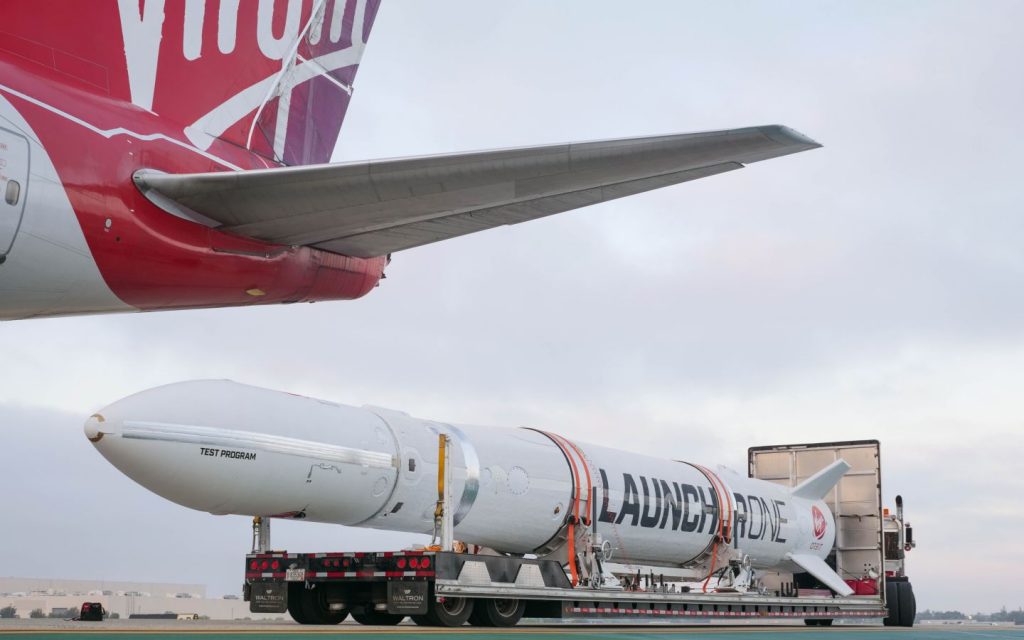
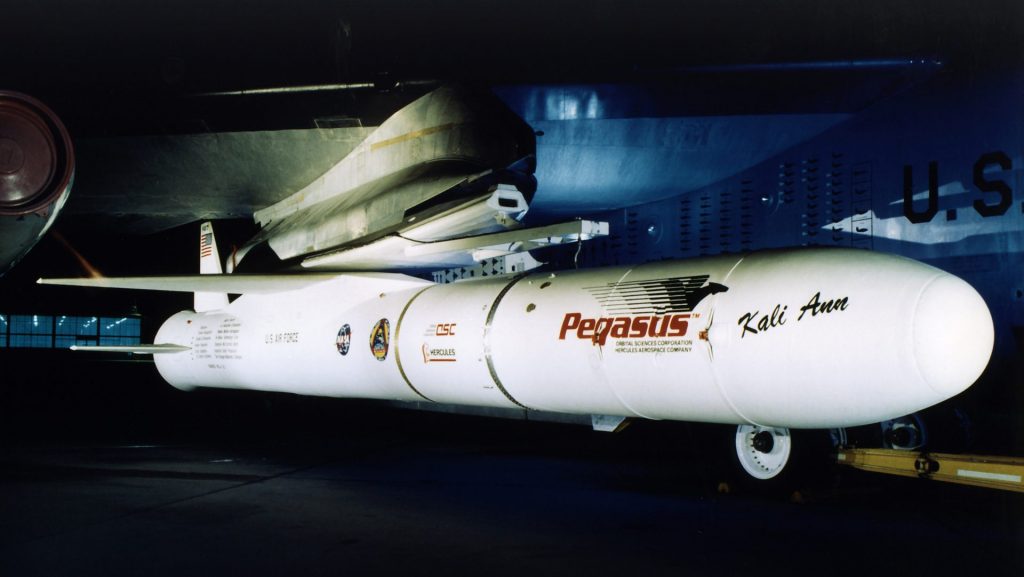
Why Air-Launch?
The ability to air-launch is a tremendous advantage for multiple reasons. If the weather is bad in one area, the plane can fly to another area with calmer skies. Some other advantages include a reduced amount of fuel, an altitude and velocity increase, which will already have taken it out of the denser parts of the atmosphere.
However, there is one major disadvantage. Weight. Because Cosmic Girl can only carry so much weight, and fuel is heavy, Virgin Orbit is limited by payload weight. That maximum payload to LEO is 500 kg and and to Sun Synchronous Orbit (SSO) it is 300 kg.
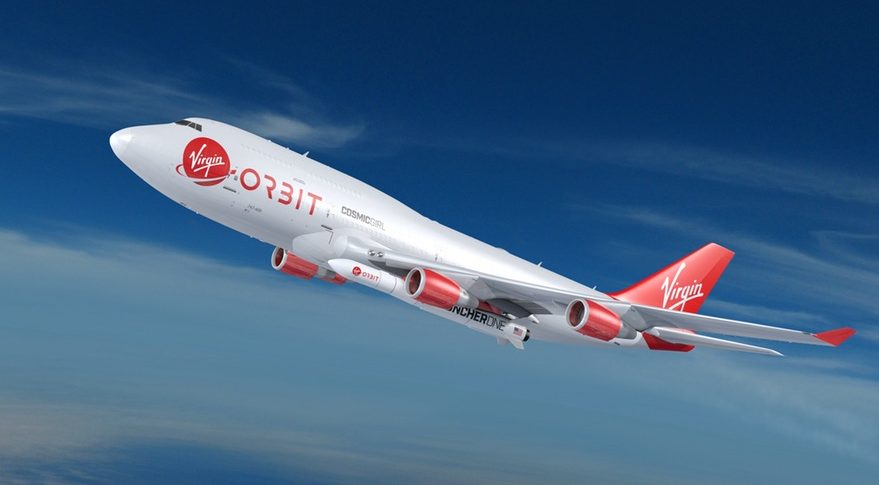
On the other hand, this weight limitation does not impede Virgin Orbit’s principal mission. Their goal is to make space available to everyone. Since the CubeSat industry is expanding, there is plenty room for yet another launch vehicle in the small sat launcher class. They will be capable of providing a cheaper way to launch small satellites for universities and STEM programs.



